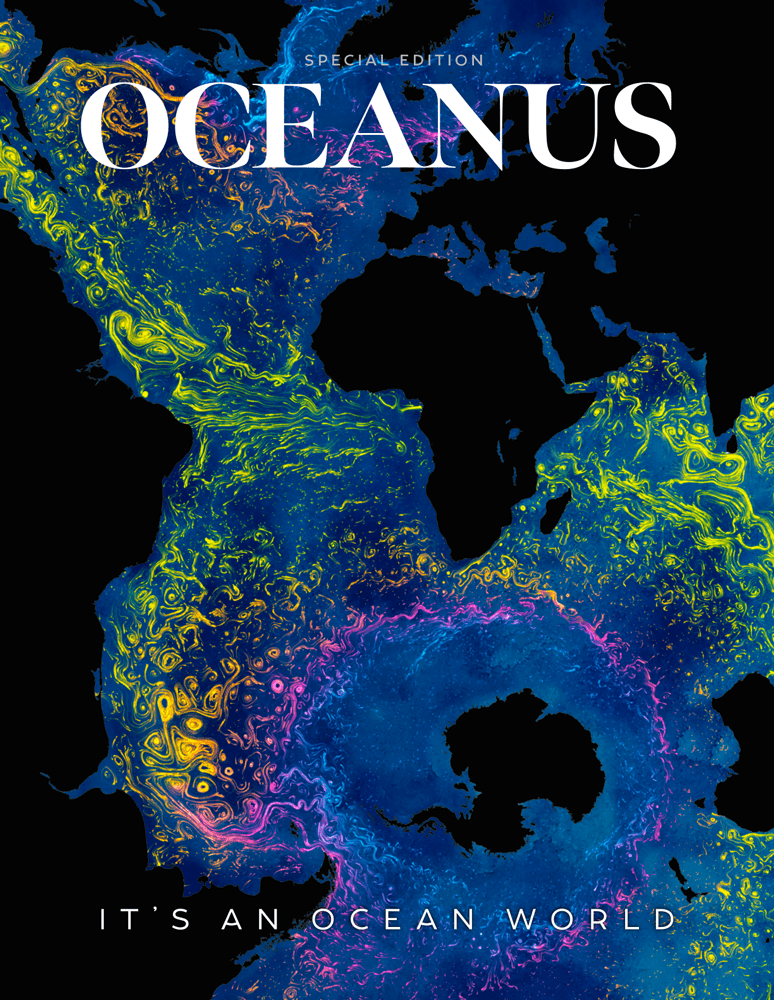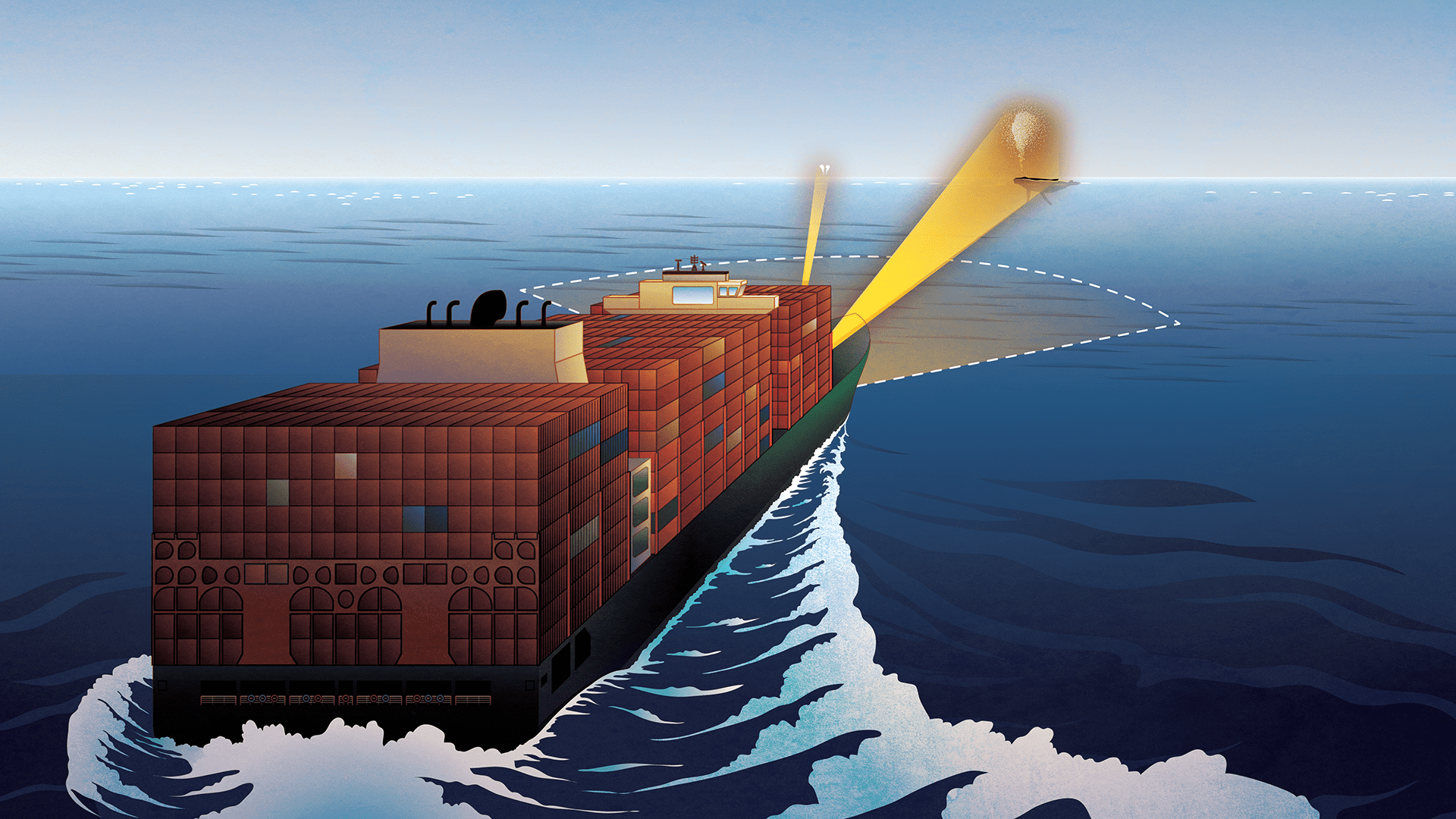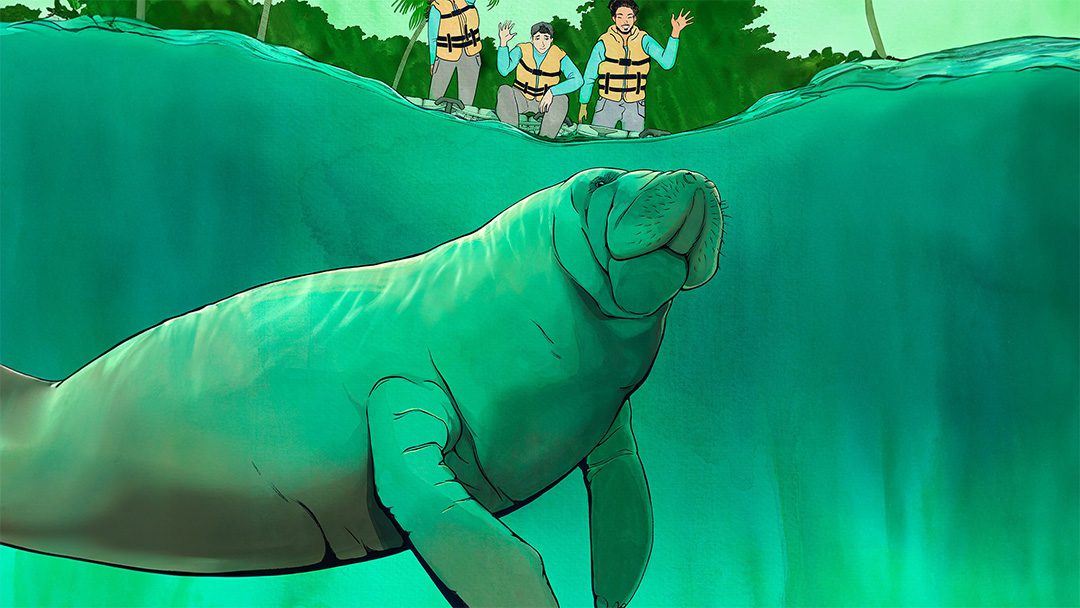
Lessons from a lifetime of exploration
Award-winning ocean photographer Brian Skerry shares insights from a career spent around ocean life and science
 This article printed in Oceanus Winter 2025 - SPECIAL ISSUE
This article printed in Oceanus Winter 2025 - SPECIAL ISSUE
Estimated reading time: 3 minutes
Before Brian Skerry’s first assignment with National Geographic, he was told, “Remember two things. One, with National Geographic, you’re only going to get one chance. If you fail, they won’t call you again. And two, with this story, I think you’ve got about a 98 percent chance of failure.”
So, he said, “Well, sign me up.”
Prior to becoming a professional underwater photographer and photojournalist, Skerry worked in convenience stores, corrugated box factories, and textile mills to financially support his growing passion. “I didn’t have money. I didn’t have resources. I didn’t know anybody who did anything like that,” he says.
He devoted his time and resources to going beneath the surface of the Gulf of Maine with his secondhand Nikonos camera. These waters had a pull he couldn’t quite resist. One day, he told his wife, “I’m just starting to get some interest from National Geographic. I’m going to quit [my job] and just give it everything. I don’t want to be 80 years old sitting at the breakfast table saying, what if?”
Now in his sixties, Skerry has been exploring the ocean for nearly half a century, creating images that have blurred the lines between art and science, capturing scenes that show what he calls the “Ocean Soul.” I sat down with Brian to dive beneath the stories of the images and learn how he has been shaped by a lifetime of ocean exploration.
Q. Throughout your career, you have referred to what you call a never-ending chase to capture the “Ocean Soul.” What does that mean?
For me, Ocean Soul was the answer to the things that stir my soul, but also the thing that I’m hoping to photograph. This life force, this energy, emanates from wildlife, humans, and places in the ocean.
It’s also a bit of a double entendre, in the sense that I see myself as an ocean soul, somebody who has spent the majority of his life, sort of, traipsing around the world in different oceans, on boats all over the world, trying to understand this complex ocean equation. So, it’s both about the subject matter that I’m trying to capture, that life force it emanates, and how I would describe myself.
Q. You’re not a scientist, and you’ve never claimed to be one, but your work often focuses on sharing scientific discoveries. How do you incorporate this perspective in your work?
I often describe my work as sort of parachuting into the lives of researchers who have dedicated their lives to understanding a certain species or a certain aspect of marine science, and trying to bring visual context to their work. As I’ve often said, I need to understand the science. That is critical. That is essential. What I’m trying to capture is the poetry that exists in nature, in the ocean.
Q. You’ve spent your entire career sharing stories of conservation successes and struggles, but often it’s a losing battle. How do you stay motivated?
It’s easy to get despondent about what’s going on in the world. And a war on science and nature, painting these things as the enemy. It’s really disheartening. But I think at these times, throughout history, the artist, the compassionate citizen, rises up and has to become even more engaged. I refuse to shrink from the things that I know to be true.
So, even though it’s hard some days, I decided a long time ago that I can curl up in the corner in the fetal position, or I can fight, and I choose to fight. But fighting gets tiresome, so you have to find inspiration. And I did: I find inspiration in young people. That’s where I find hope.
Check out more of Skerry’s work at brianskerry.com





